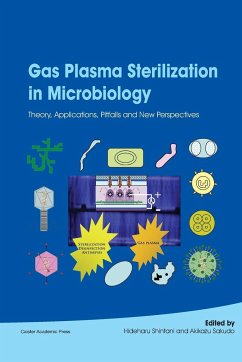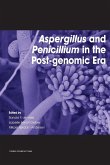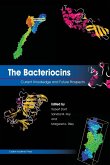Gas plasma is the fourth state of matter, alongside solid, liquid, and gas. There are many naturally-occurring events and man-made products related to gas plasma, including aurora, thunderstorms, high-intensity discharge headlamp bulbs, oxonizers, semiconductors, and solar battery panels. A gas plasma is generated by removing electrons from a gas, e.g. nitrogen gas, to produce a highly-excited mixture of charged nuclei and free electrons. It has enormous potential as a broad spectrum antimicrobial sterilization procedure with applications in medical, industrial, and agricultural settings (e.g. decontamination of medical instruments). A major advantage is the shallow penetration of gas plasmas: approximately 10-20 nanometers from the surface, thereby minimizing damage to the material being sterilized. An important obstacle to overcome is the 'understanding-gap' between the engineering researchers who are developing the gas plasma sterilization technology and the microbiologists who aim to fine tune it for their needs. This timely book bridges that gap, permitting engineers and microbiologists to develop more coherent multidisciplinary strategies. The book opens with introductory chapters that explain the background and principles of gas plasma sterilization and outline the possible mechanisms of action. The requirements for achieving the 'gold-standard' sterilization level, i.e. a sterility assurance level (SAL) of 10-6, are also covered. The book also covers the applications of this technology, ranging from the inactivation of spores and endotoxins to inactivation of viruses and seed-borne plant pathogens. The final section of the book tackles sterilization validation (from several ISO documents), common data-interpretation errors, and speculation about future trends. [Subject: Microbiology, Engineering








